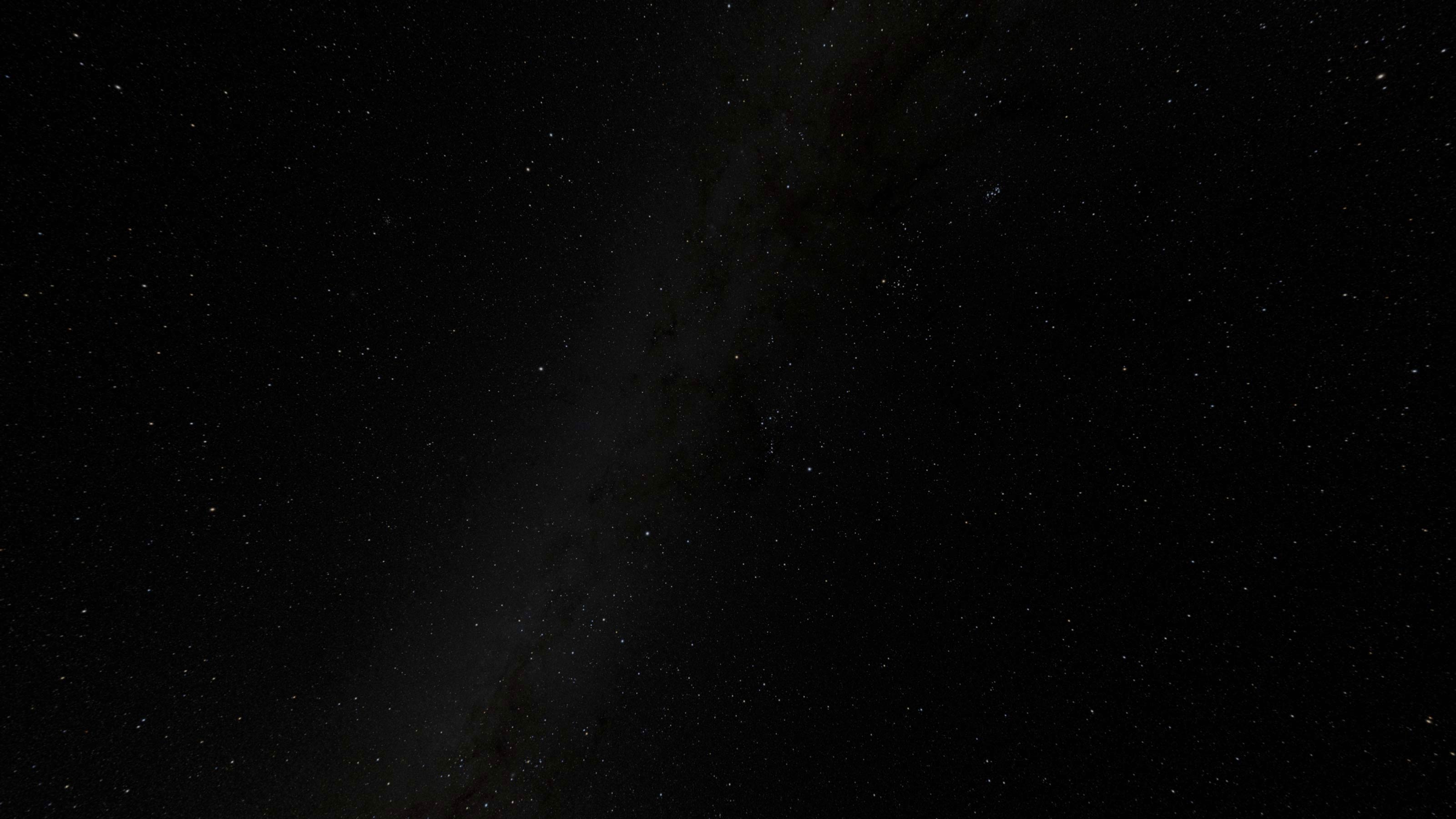
Spotted
On October 19, 2024, Intelsat’s geostationary satellite IS-33e broke up during operations. The latest reports from Space-Track state that approximately 55 fragments are being tracked. Although the cause is yet unknown, the number of reported fragments indicates a high-energy breakup.
Introduction to geostationary slot “60 degrees East”
IS-33e is one of Intelsat’s EpicNG(next-generation) series of “high-throughput satellites”. Launched in 2016 it entered into service in 2017 at 60 degrees East longitude in GEO.
The slot covers the region between Saudi Arabia and India, and as such, numerous satellites from various countries registered with the ITU operate in the vicinity. The closest, however, are the U.S. WGS 10 (USA 291) and Sweden’s OVZON-3. Both operate within +/—0.4 degrees from IS-33e’s former location, placing them in the immediate vicinity of any debris. Intelsat’s closest spacecraft is IS-39, located at a slightly larger distance near 61.9 degrees East.

The platform
Intelsat operated a total of five satellites using the 702MP platform. However, one of these, IS-29e, ceased functioning after just 3.5 years due to a malfunction. The remaining satellites in operation with this platform are Intelsat 21, 22, 32e, and 35e.
The Fragmentation and the GEO Region
This fragmentation is an addition to the past break-up events that happened in Geosynchronous orbit since Syncom 2 was successfully placed in this orbit in 1963.
The total number of fragments that were the result of these breakups is estimated to be in the thousands, with a significant portion being small, non-tracked pieces.
When satellites or debris collide or disintegrate in GEO, fragments disperse across the orbit, potentially threatening operational satellites and increasing the risk of further collisions in the region. Here are some reasons that make them especially concerning for space sustainability:
- Persistent Debris: Due to the inexistent atmosphere in GEO, objects orbiting in this regime don’t naturally deorbit. Instead, it can stay in orbit for thousands of years, creating a persistent hazard.
- Increased Collision Risk: The addition of new debris objects near the highly congested region increases the number of critical events for which the risk of collision is very high. Moreover, because of the distant orbit, observing small pieces of debris becomes impossible, making them a hidden threat.
- Reduced Satellite Lifespans: Satellites need to perform collision-avoidance maneuvers to avoid debris for conjunctions with high-risk of collision, which consumes propellant, shortens satellite lifespans, and increases operational costs.
Given GEO's vital role in global communications, Earth observation, and scientific data collection, sustaining a safe, usable environment is crucial. New technologies for debris tracking, collision avoidance, and possibly active debris removal will be essential for long-term sustainability in this orbit.
As long as objects are large enough to be observable from ground-based telescopes, state-of-the-art systems can predict the trajectories of these fragments accurately over several days in advance. Hence, collisions with trackable objects are highly unlikely as long as operators remain vigilant.

Protect Your Satellite from Collisions: Ensure Continuous Monitoring
It's undeniable space is becoming ever more riskier. Every GEO operator needs to invest in a Space Situational Awareness (SSA) service that constantly monitors debris and warns of potential collisions. This proactive approach will enable you to take timely action to protect your satellite and ensure continued, uninterrupted operations. Don't wait until it's too late – advance the resilience of your space assets.


.jpg)
.png)